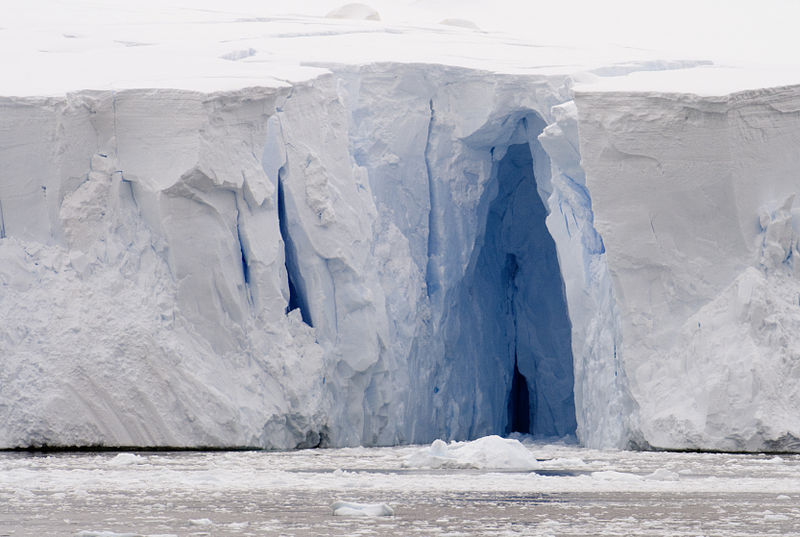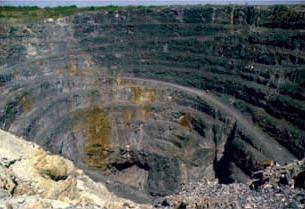Introduction:
 |
| This is what a continental glacier looks like |
During the past 1 million years there have been three episodes of continental glaciation that has covered the northern hemisphere with vast ice sheets more than two miles thick. Over much of the Midwest these continental glaciers southern boundaries are today marked by the Missouri Ohio
The Abitibi:
To the north in Canada Midwest of the United States Missouri Ohio Rivers Ohio River with lesser amounts spread across the states from western New York Missouri
 |
| A gold mine in the Abitibi Gold Belt, Canada |
The glacier explains the presence of gold in the northern United States Ontario
Gold in the Midwest :
 |
| A terminal moraine in the foreground where the glacier stopped and just dumped its load. |
A terminal moraine is characterized by a hummocky appearance of many small hills and valleys and large deposits of sand and gravel. Subsequent reworking of the material by streams in a terminal moraine has resulted in the concentration of gold in the channels of streams throughout the area. Most of the gold is concentrated in an area north of the Ohio River , and just to its north, however enough gold was dragged down from Canada Great Lakes and in thin deposits across the states. .

Bullion Exchanges is a well known Precious Metals Seller located in New York City's Diamond District.
ReplyDeleteThey have a wide selection of items including, precious metals that range from the popular gold & silver to platinum and palladium.
Bullion Exchanges are offering an enormous selection of products appealing to first time shoppers and for established investors.